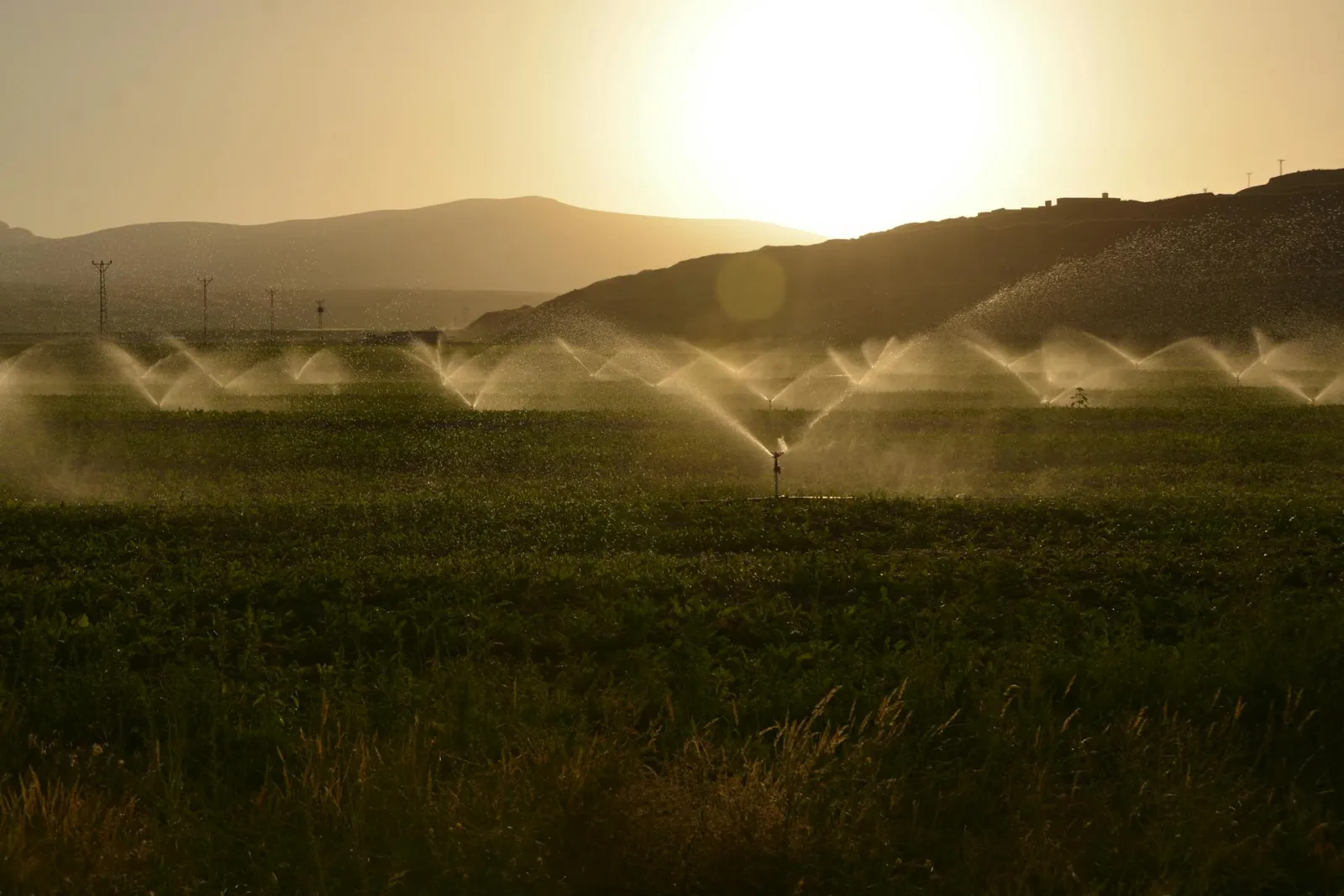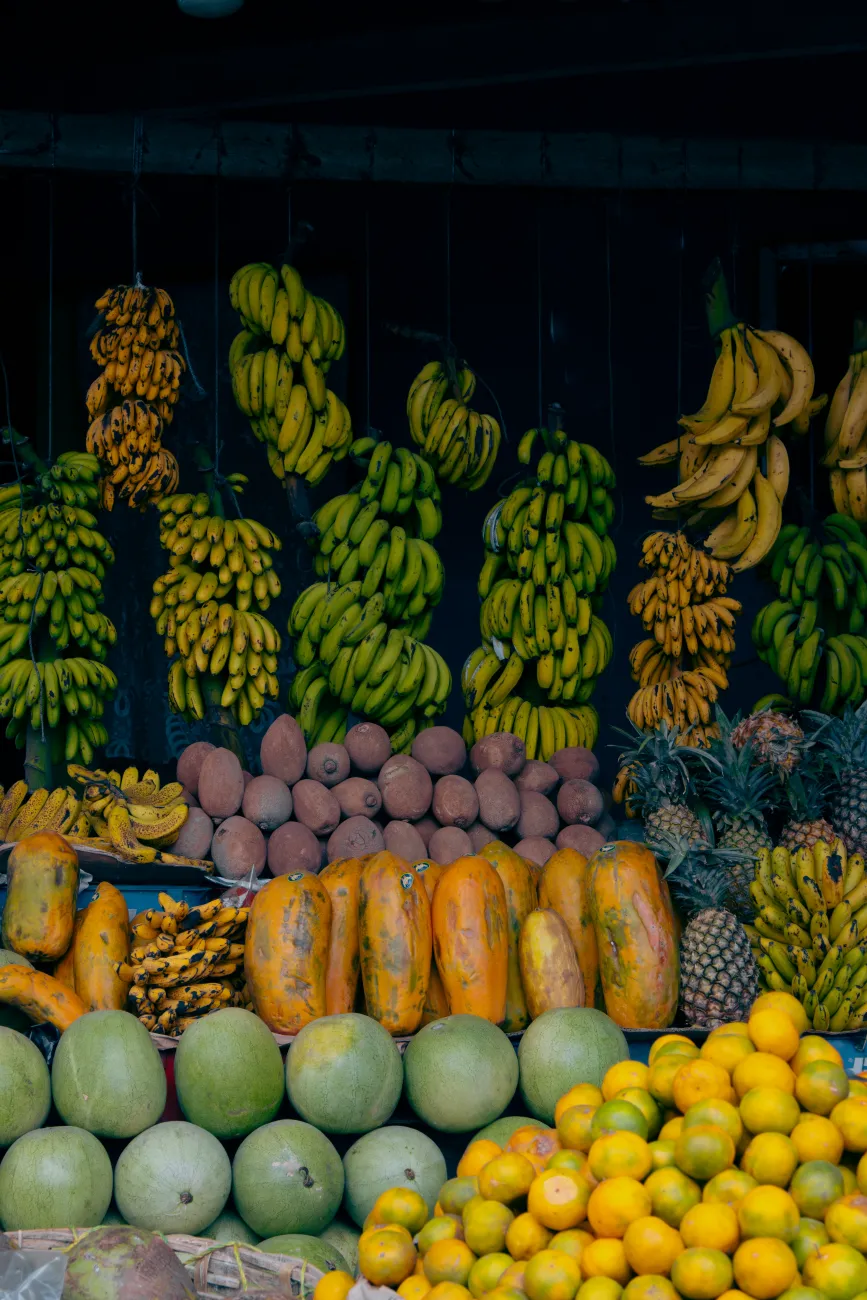This report by the UN's Institute for Water, Environment and Health finds that although agricultural trade disproportionately benefits the rich and widens both the water scarcity and inequity gap between the poor and the rich. Notably, in developing countries, the population (35%) suffering from both increased water scarcity and inequity are the poorest group (per capita income is 16% lower than average).
Publisher's summary
The analysis makes an effort to distinguish between water use inequality and inequity. Inequality in water use refers to the uneven distribution of water resources among different regions and populations, often quantified using metrics like the Gini coefficient. Inequity, on the other hand, highlights the disproportionate impacts on different income groups, emphasizing how poorer populations are more vulnerable due to their reliance on water-dependent economies and lower adaptive capacities.
Addressing both inequality and inequity is essential for achieving the SDGs, particularly those related to poverty eradication and social justice. International agricultural trade reshapes global irrigation water consumption, influencing water scarcity, inequality, and inequity across countries with affecting national incomes. The report reveals that international agricultural trade generally alleviates water scarcity for a significant portion of the global population, particularly benefiting regions like Northern China, Europe, and northern Africa. Developed countries experience more substantial water scarcity alleviation compared to developing countries, with 75% of their population benefiting from reduced scarcity.
However, in developing countries, 62% of the population benefit from reduced water scarcity, but 37% of the population, who are 8% poorer on average, experience increased scarcity, reflecting the disproportionate impacts of international agricultural trades on lower-income groups. Trade-induced increases in inequality and inequity are observed in regions such as northern Africa and Saudi Arabia, while improvements are seen in China and some African countries. Developing countries face higher instances of increased inequality and inequity (29% of the population).
Among them, 70% experience what can be considered unjust, where limited or unequal access to water is not due to natural constraints, but largely driven by trade-related imbalances that severely exacerbate the water scarcity and undermine their quality of life. Developed countries see lower instances of such increases (9% of the population). Both groups of developing and developed countries experience agricultural water use favoring higher-income populations. In developing countries, trade exacerbates inequality and inequity among low-income groups, while in advanced economies, trade promotes a pro-poor water allocation perception (i.e., higher water equity) but increases inequality in practice.
The report underscores the importance of addressing both water scarcity and inequity in policymaking. While international agricultural trade can alleviate water scarcity, it often increases inequality and inequity, especially in developing countries. Policymakers should consider of the implications of the current and future water management policies and agricultural trade strategies on the poorest and most vulnerable populations. Aligning trade policies with sustainable water management practices can balance benefits and mitigate adverse impacts of virtual water trades around the world.
Enhancing adaptive capacities by supporting developing countries in building resilience against water scarcity through investment in water infrastructure and adoption of efficient irrigation technologies is crucial. Robust monitoring systems should be established to continuously assess the impacts of trade on water scarcity, inequality, and inequity, using data-driven approaches to adapt policies dynamically. Encouraging the adoption of sustainable agricultural practices that optimize water use efficiency, such as precision farming and crop diversification, and promoting research and development in drought-resistant crop varieties and innovative water-saving technologies are vital steps. Recognizing and addressing regional disparities in water availability and trade impacts, tailoring policies to local contexts, and facilitating regional cooperation to manage transboundary water resources effectively are essential for the fair distribution of costs and benefits.




Comments (0)